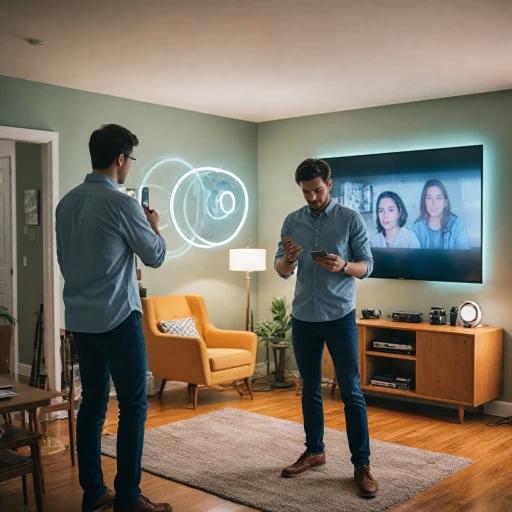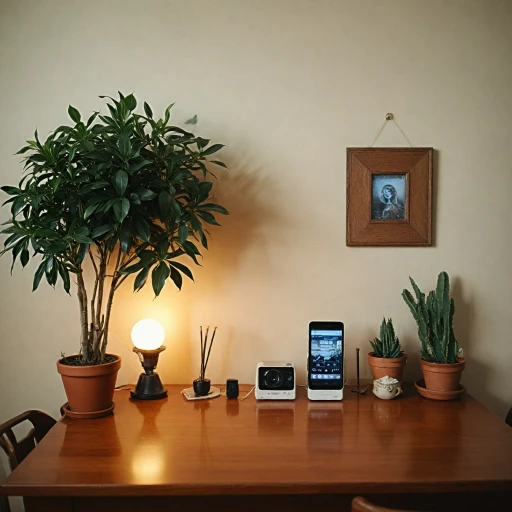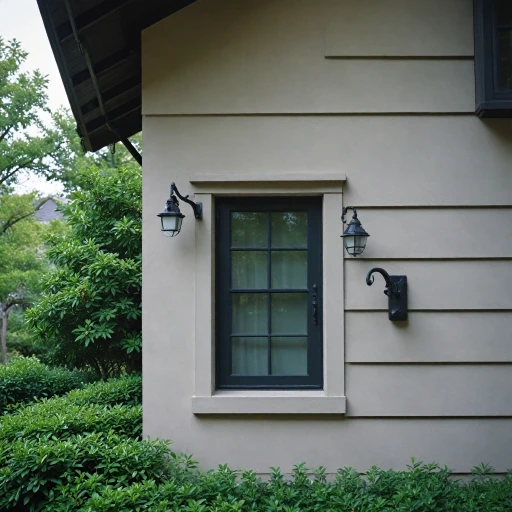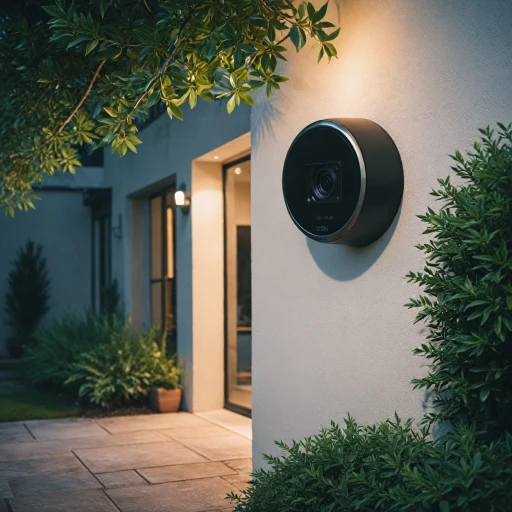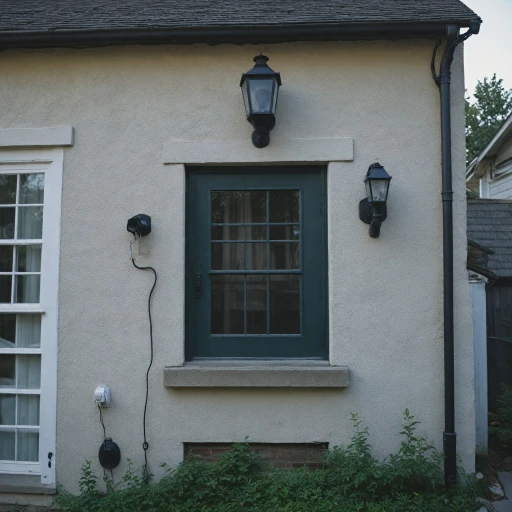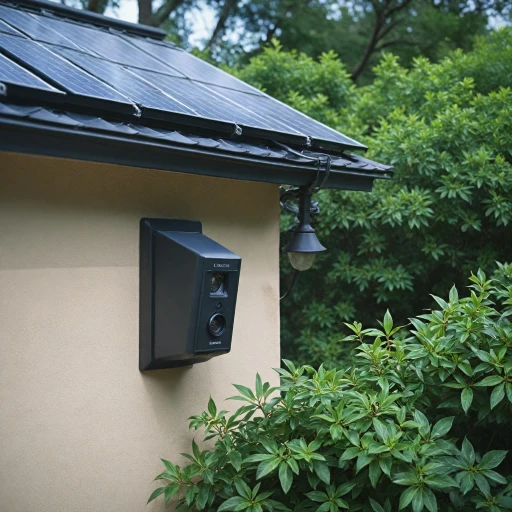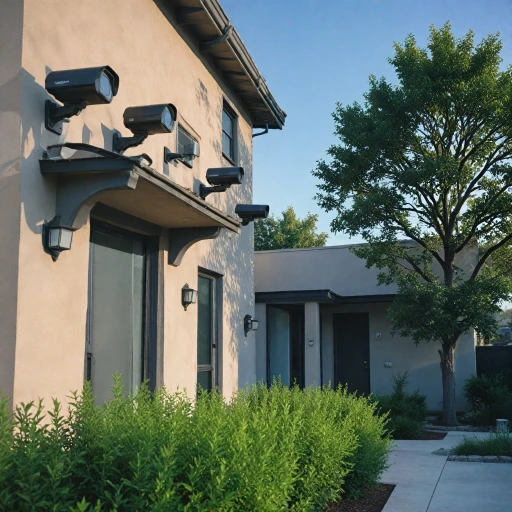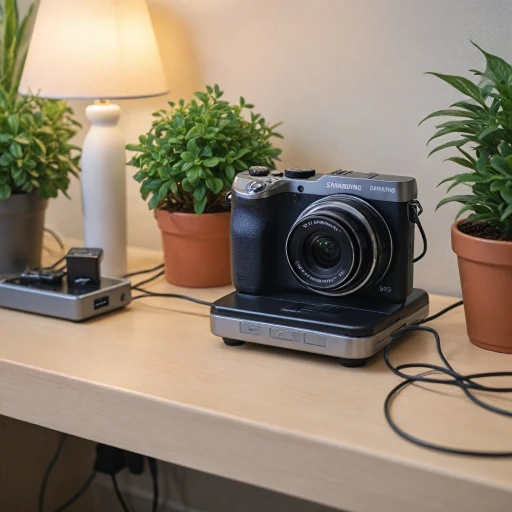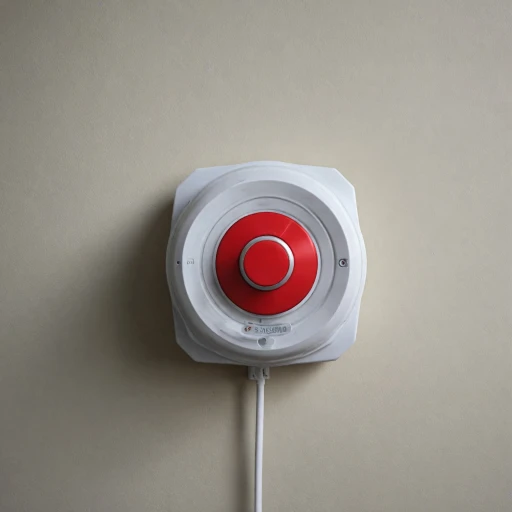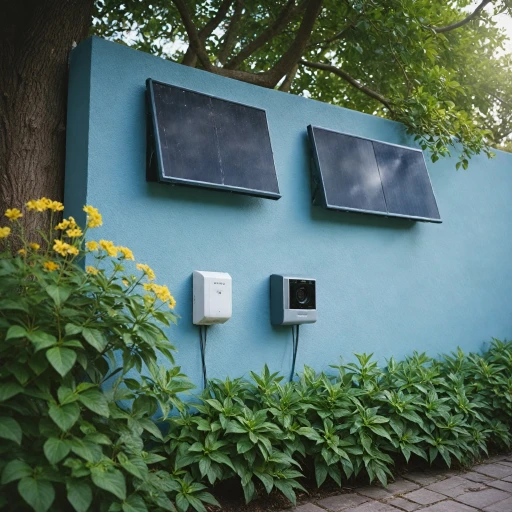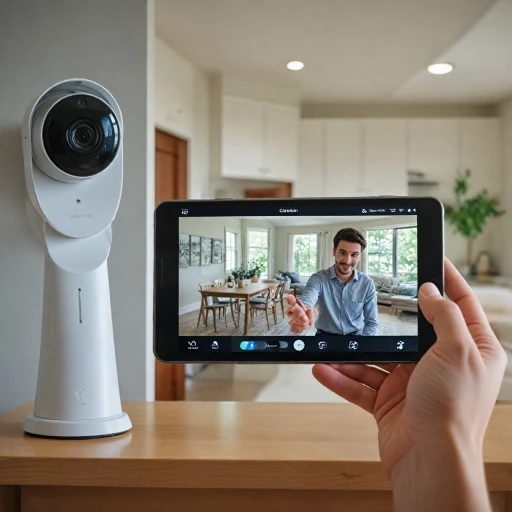
Understanding Camera Brackets
The Backbone of Effective Surveillance
For any home security system, the camera mount plays a pivotal role. Often underestimated, it ensures your security cameras are positioned correctly to cover the desired field of view adequately. Without a secure and strategically placed mount bracket, even the most advanced cameras can fail to provide the necessary coverage, leaving blind spots that could compromise safety.
The mounting method directly influences how well a camera can capture footage and the ease with which it can be adjusted or repositioned. From corner mounts that optimize coverage by fitting tightly into architectural junctions, to pole mounts necessary for expansive outdoor areas, choosing the right configuration is crucial.
Additionally, the type of mount affects the camera’s stability. A wall mount might be sufficient for indoor setups, but outdoor areas might demand more robust solutions, such as a pole mount or ceiling mount, to withstand weather conditions.
Ensuring a correct installation can enhance the effectiveness of even high-end models, such as ptz dome or fixed dome cameras. Moreover, using the appropriate mounting accessories like the mount adapter or junction box is vital for securing these setups. By optimizing your mounts, you can prevent potential malfunctions and ensure the longevity of your security investment. For further insights on effective installations, check out our guide on how to effectively mount your Ring camera for optimal security.
Factors to Consider When Choosing a Camera Bracket
Exploring Various Mounting Options for Your Security Cameras
When it comes to setting up security cameras, selecting the right mounting option is crucial to maximize coverage and ensure stability. Several types of camera mounts serve various purposes, and understanding each type can help in making an informed decision.- Wall Mounts and Ceiling Mounts: These are common choices for indoor and outdoor setups. Wall mounts are ideal for positioning cameras at an elevated angle, providing a broader view. Ceiling mounts are perfect for fixed dome cameras, offering an unobstructed vantage point without being intrusive.
- Pole Mounts and Corner Mounts: For larger areas such as parking lots or expansive gardens, pole mounts offer flexibility and higher elevation, capturing wide-angle footage. Corner mounts are efficient for both indoor and outdoor settings, allowing security cameras to cover intersecting areas without blind spots.
- Mount Brackets and Junction Boxes: When installation demands more precision, mount brackets are used to secure the camera while allowing adjustments in positioning. Junction boxes not only assist in mounting but also neatly store wiring, reducing clutter and enhancing aesthetics.
- Mount Adapters and Clamps: These are versatile solutions for non-conventional settings. An adapter can transform a wall mount into a ceiling mount, while clamps ensure a firm hold on irregular surfaces, like a cart handle or a complex structure.
Installation Tips for Camera Brackets
Key Considerations for Selecting the Perfect Camera Mount
Choosing the appropriate camera mount is crucial for maximizing the effectiveness of your home security cameras. Factors such as the type of camera, the environment, and personal security needs all play a role in determining the best mounting solution. Here are some essential considerations to keep in mind:
- Compatibility: Ensure the mount is compatible with your specific camera model, whether it's a dome, PTZ, or fixed dome camera. Check for compatibility with specific sku numbers to avoid purchase errors.
- Location and Environment: Consider whether the mount will be installed indoors or outdoors. Wall mounts and ceiling mounts need to withstand environmental conditions if placed outdoors, whereas indoor installations might prioritize aesthetics like a sleek white finish.
- Mounting Surface: The surface on which you're mounting the camera affects the choice of mount. Options include wall mounts, corner mounts, pole mounts, or junction boxes. A junction box, for instance, might be necessary to house the connections securely.
- Adjustment and Flexibility: Choose a mount that allows for easy adjustments to the camera angle for optimal coverage. PTZ dome mounts, for instance, offer excellent flexibility for changing viewing angles.
- Installation Requirements: Check if additional accessories like mount adapters, clamps, or screws are needed. Some brackets come with all necessary mounting hardware, while others might require purchasing items separately.
- Price Considerations: While comparing fixed dome mounts, consider the regular price versus sale price and the price unit. Balance cost with the quality and features provided.
Once you've identified these key factors, it's easier to add the right mount to your cart and install it for optimal performance. You can further enhance your home's security with a comprehensive approach by integrating these aspects into the larger security system – just like exploring the benefits of a dedicated hard drive for continuous recording.
Weather Resistance and Durability
Strategic Placement for Maximum Coverage
Placing your camera mounts is crucial to ensuring that your security cameras provide maximum coverage. The location and orientation of the camera bracket can make a significant difference in the breadth and detail of the captured footage. Consider these tips for effective installation:- Height Matters: Install the camera at a height where it cannot be easily tampered with. A ceiling mount or a high wall mount could be optimal. Utilizing a ptz dome mount allows you flexibility in positioning.
- Covering Just the Right Angles: Make sure the field of view covers essential areas like entry points. A corner mount or pole mount might be useful here to achieve wider angles.
- Use of Junction Boxes: For outdoor installations, a junction box can protect the wires from the elements, enhancing the overall lifespan of your security cameras.
- Stability and Adjustability: Firmly secure with a camera mount adapter or bracket to ensure stability, and use adjustable mounts that can be tightened with a clamp and screw for minor positioning tweaks.
- Weather Considerations: For outdoor mounts, such as those on a wall or pole, ensure the mount is rated for outdoor use, or consider installing a protective dome camera enclosure.
Innovative Features in Modern Camera Brackets
Keeping Your Camera Mount in Top Condition
Proper maintenance of your camera mount ensures longevity and effective performance for your home security system. Here are some practical tips to help you maintain your camera mounts, whether it's a wall mount, ceiling mount, or any other type:- Regular Inspection: Periodically check the mount bracket and other components like screws, adapters, and junction boxes for any signs of wear or damage. A loose or corroded wall mount can compromise the stability and security of your cameras.
- Cleaning: Dust and debris can accumulate over time, especially on outdoor camera brackets. Use a soft cloth to clean the exterior of the mount and the camera. Avoid using abrasive materials that could scratch the white finish or metal of your mounting brackets.
- Tightening Screws: Ensure that all screws are tightened properly. A simple task but crucial in maintaining the structural integrity of the mount, be it a corner mount, pole mount, or ceiling mount. Loose screws can cause your security camera to tilt or shift, affecting its field of view and overall security coverage.
- Weatherproofing: For outdoor setups, ensure that all hardware is weatherproof. This includes using corrosion-resistant screws and possibly placing a dome over fixed dome cameras for added protection. Compare the sale price of weather-resistant mounts and select accordingly.
- Checking Cable Connections: Inspect both regular and PTZ dome cameras for any frayed or exposed cables at the junction box or mount adapter. This is essential to maintaining a steady power supply and preventing potential electrical hazards.
Troubleshooting Common Camera Bracket Issues
Addressing Mounting Issues with Camera Systems
Even with a well-chosen camera mount, you might encounter some common issues that could compromise the effectiveness of your security cameras. Let's explore some potential problems and their solutions.- Loose or Wobbly Mount: Over time, screws and brackets may become loose due to external factors like wind or the natural settling of your property. It's essential to regularly check and tighten any screws or bolts. If your mount continues to wobble, compare the price and quality of different mounting brackets, as upgrading to a sturdier option might be necessary.
- Incompatible Mounting Position: The positioning of your camera is crucial for optimal security coverage. Ensure that the mount bracket is installed on a suitable surface, such as a wall or ceiling mount, and consider using a mount adapter or junction box for challenging angles. Incorrect placement can affect the angle and range of the camera view.
- Weather Impact: Weather elements can impact the durability of your camera mount. Ensure that wall mounts and corner mounts are made from weather-resistant materials to endure extreme conditions. Regular maintenance checks can prevent weather-related damage and prolong the life of your mount.
- Cable Management: Poor cable management can not only be unsightly but also pose a security risk. Use cable ties or conduits to organize and secure your camera's wiring, ensuring they are not exposed or easily tampered with. A junction box can effectively house excess cables.
- Interference from Obstructions: Make sure the camera mount doesn’t obstruct the camera’s view. PtZ dome cameras or fixed dome models should have an unobstructed view for optimal performance. If necessary, use a pole mount to elevate the camera above obstacles.
- Lack of Adjustability: If your security setup requires frequent readjustments of camera angles, opt for mounting brackets with adjustable features, such as a camera bracket with a rotating base or articulated arms.


